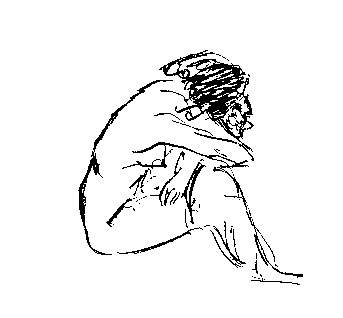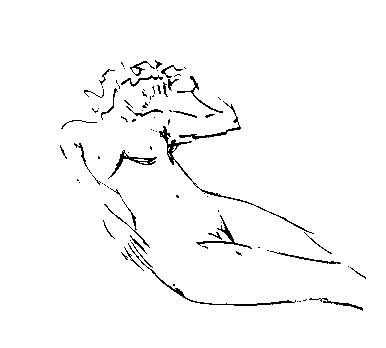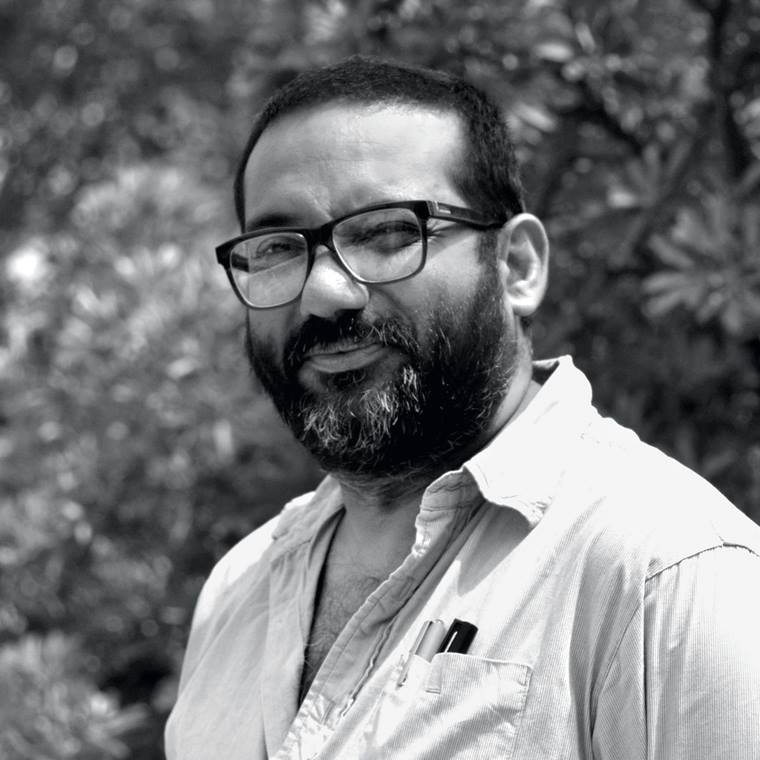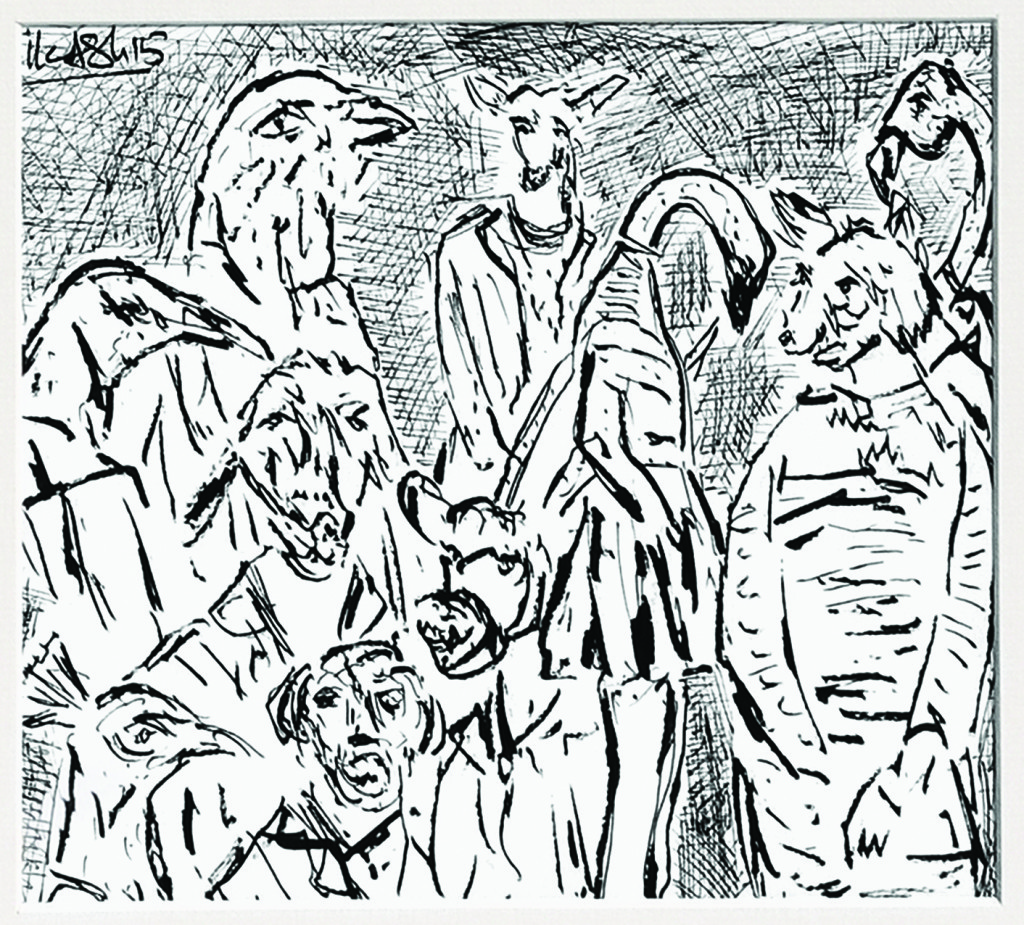– Aruna Bhowmick
Goodness is both an ethical and an aesthetic standard. To be genuine and pleasing art must be honest as well as good. In fact, honesty should and has always been the most important criterion for art. Art is an incarnation of the artist’s honesty of presenting what he wishes to and how he does so. It penetrates the surface of things to portray them as they really are from the point of view of the artist. Our self-taught artist Vikash Kalra is nothing if not utterly frank and explicitly honest about his art, as indeed he is about himself and his goals in life.

Art communicates truth in various ways. Sometimes it tells a story, and the story is true to human experience-it is an incarnation of the human condition. Sometimes art tells the truth in the form of propositions. Art can also convey emotional and experiential truth, and it can do this without words, as is the case with visual art. But whatever stories it tells, and whatever ideas or emotions it communicates, art is true only if it points in some way to the one true story of what the artist wishes to express for the sake of pure artistic expression and an adventure into the realms both of the tangible and the intangible, to the exclusion of all else, undertaking a visual vocabulary that might first challenge but eventually satisfy the artist. So it has been with Vikash, while emulating the senior artists.
A frequent traveller at one stage in his life, his wool gathering of sights and sounds has been mostly in course of his work and travel. Once the excessive movement began to wear him down, he craved for some stillness, an urge to slow down, have time to read, think and engage in inner dialogue.
All the while he had followed art shows and the huge prices the art works commanded inspired him. An inner voice told him he could do it, too—be creative with a purpose.
It was learning time and he began with the study of great masters, Indian and international. He is completely disarming when hesitates simply that added to his creative urge and the release he was hoped to find, was the incentive to earn more for a better life for his family– wife and two young boys. It was with belief in himself that he turned to creative pursuits in 2006.

Ask him who influenced him in those early days of learning and names pour out without pretension, stopping at FN Souza and Pablo Picasso. If his drawings and paintings are recollections of some of the great masters, it is probably in obeisance to the much venerated guru-shishya parampara or teacher-pupil tradition of India. Whether in the east or the west, we can treasure our traditions and encourage those seriously exploring avenues of expression with both depth and range in the training process. The multi-dimensional Vikash has trained himself for all of painting, sculpture and drawing.
A mood inspired colour palette, Vikash paints in thick coats of colour, his brushwork executing the dictats of perception and moments in memory, gushing forth like a mountain spring. Though he does paint human symbols of faith and habitation, his heart by way of painting, is moored in nature–dark, brooding, bright or alternately fiery, ensconcing all of human life. Minus the straightjacket of institutional training, Vikash retains the natural passion and intensity to paint and draw as he wishes, sans boundaries. Which at this stage of his art practice comes easy to him, as one who has no dirth of subjects, revel as he does in the magic of life.
Family, friends and acquaintances people his life, everyday encounters inform it, eventually emerging in his drawings. A habitual doodler, he has of late organised himself, focussing on thematic unity. “I draw characters, as they appear to me in conversation, behaviour and body language. That is how I can juxtapose a human form with a donkey’s head. Human relations are vital for me, as is the man-woman relationship. The woman’s form is beautiful, one that continues creation, goes on to become mother and child…”
As he paints, so does he draw, in quick energised strokes in spontaneously guarded lines, articulating musculature, face and form with great efficiency, manifesting his natural talent as much as his thrill in drawing. There is power and boldness both in his brushwork and his lines. Neither instructive, didactic, nor propagandistic, his paintings are a means of communication–therapeutic, healing, even purgative, his drawings alternating between amusement and sensuality.
It is Vikash’s honesty and positivity that makes him produce meaningful art and connect with his audiences. For all of this, however, the art world network is the ground of possibility for anything to appear as art for us today. What makes something an artwork is not an observable property in an artwork itself. The work is merely a node in a network of forces without which it would be unrecognizable– literally invisible.
No form of expression need be deplored, only inferior representations in the name of art; and Vikash Kalra most certainly does not fall into that category.

Vikash Kalra is a self-taught artist and writer based in New Delhi whose work has been exhibited across India and is held in several private and corporate collections.
